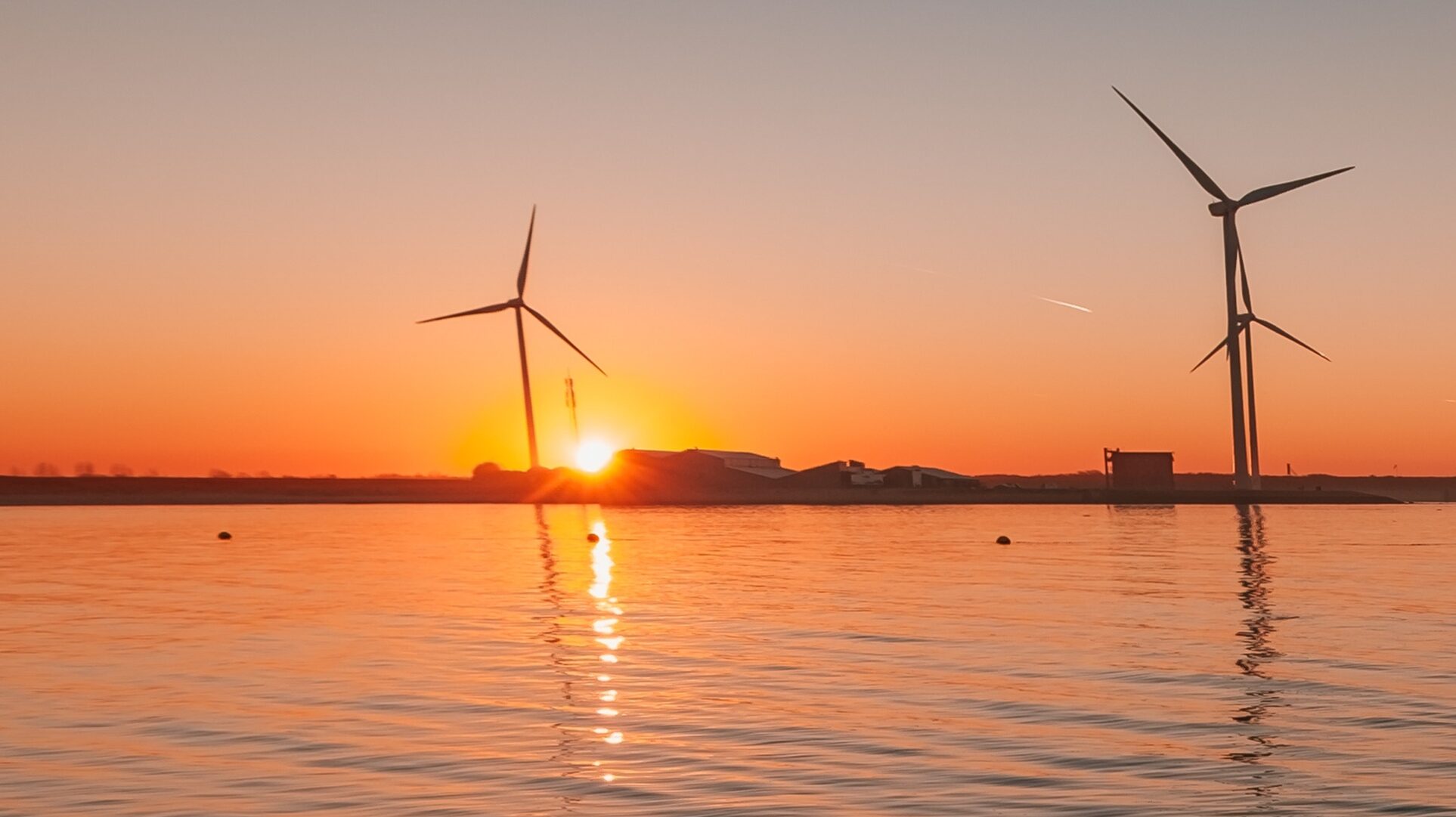Climate Change Throws Curveball at Middle East Wind Energy Plans
Wind energy has long been billed as a clean, steady source of power for the future—but in the Middle East, that future may be getting a little less windy at just the wrong height.
A new Israeli-German study published Friday in Climatic Change says that while coastal winds near the ground might pick up speed by 2070, the winds that actually matter for wind turbines—those 150 meters up—could slow down. That’s bad news for renewable energy planners counting on high-altitude gusts to spin turbines and generate electricity.
Give the gift of hope
We practice what we preach:
accurate, fearless journalism. But we can't do it alone.
- On the ground in Gaza, Syria, Israel, Egypt, Pakistan, and more
- Our program trained more than 100 journalists
- Calling out fake news and reporting real facts
- On the ground in Gaza, Syria, Israel, Egypt, Pakistan, and more
- Our program trained more than 100 journalists
- Calling out fake news and reporting real facts
Join us.
Support The Media Line. Save democracy.


At ground level, wind speeds could rise by as much as 0.7 meters per second, the study says, which might help ease extreme heat in coastal cities. But up where the blades turn, wind could drop by up to 1 meter per second. That would mean up to 7 gigajoules of lost energy output every six hours, or about 1,945 kilowatt-hours—not a trivial hit to energy production.
What’s driving the change? Shifts in regional weather systems linked to climate change. And it means planners can’t just look at surface winds when designing projects. “Where” and “how high” are going to matter a lot more.
The researchers are urging policymakers to bake these changes into their long-term energy strategies. Areas like the Red Sea coast might still hold promise, but only if investments are made wisely and with altitude-specific data in hand.
In short: the wind is still blowing, just not always where you need it.

